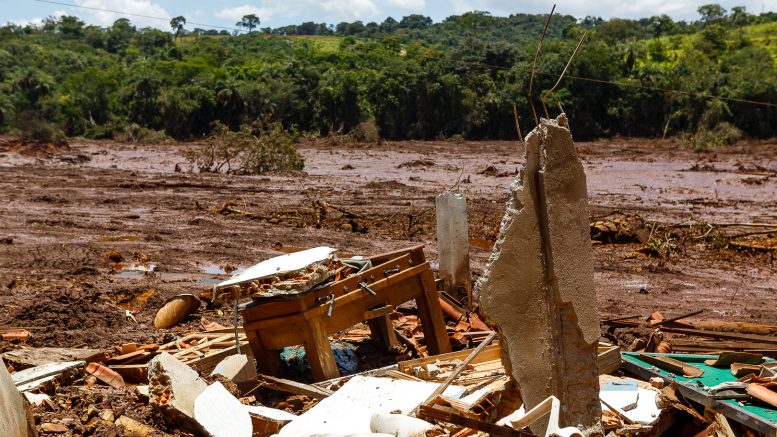The Dow Jones Industrial Average fell 556 points, or 1.7%, to 32,920.46, and the S&P 500 lost 82 points or 2.1%, over the week to 3,852.4.
The top value gainer this week was Natural Resource Partners LP which closed US$2.55 per share higher on Dec. 16 at US$45.55 apiece. The company’s share price is riding high (up 50% over the past 12 months) amid a generally depressed natural resources sector. The 20-year-old company recently reported its best quarterly performance yet, with third-quarter free cash flow generation of US$83 million, bringing the year-to-date free cash flow to US$199 million, primarily due to the strong results of its mineral rights segment. In the third quarter, the company also executed its second subsurface carbon dioxide sequestration lease for an estimated carbon storage capacity of at least 500 million tonnes of carbon. NRP currently has about 56.7 sq. km of pore space under lease for carbon sequestration, with an estimated potential carbon storage capacity of at least 800 million tonnes.
Nexa Resources was the week’s top percentage gainer, closing 21.6% higher at US$6.71, close to the 12-month high of US$6.73 per share. The South America-focused base metals producer is currently down 33% over the 12 months, dropping 24% on Dec. 19 alone, as investors sharply discount the company’s Peruvian assets amid growing civil unrest. Former Peruvian president Pedro Castillo was ousted and arrested on Dec. 7 after he attempted to dissolve Peru’s congress and announced that he would rule by decree. The left-wing political leader was impeached for “permanent moral incapacity” and arrested on charges of rebellion. His successor, former vice-president Dina Boluarte, characterized Castillo’s actions as a coup attempt, though some have rejected that description.
Brazil-based iron ore major Vale was the most active U.S. issuer this week. By Dec. 16, the stock saw 158.1 million shares change hands to close at US$16.07. Vale recently said it was abandoning plans to restore iron ore production to levels last seen before the 2019 Brumadinho tailings dam disaster, offering supply-side support to the global market just as Chinese demand picks up. The major has been slowly ramping production up after losing its mantle as the world’s biggest producer of the steelmaking raw material in the wake of the dam collapse. On Dec. 7, management delivered lower-than-expected production guidance for next year and trimmed its longer-term outlook. The latest projections mean Vale will stay well below pre-disaster levels for the foreseeable future as part of a shift toward higher-quality ore and value-added production. Since the Brumadinho collapse, Vale has been a significant swing factor in the market.


Be the first to comment on "U.S. markets continue to slide during Dec. 12 – 16 trading week"